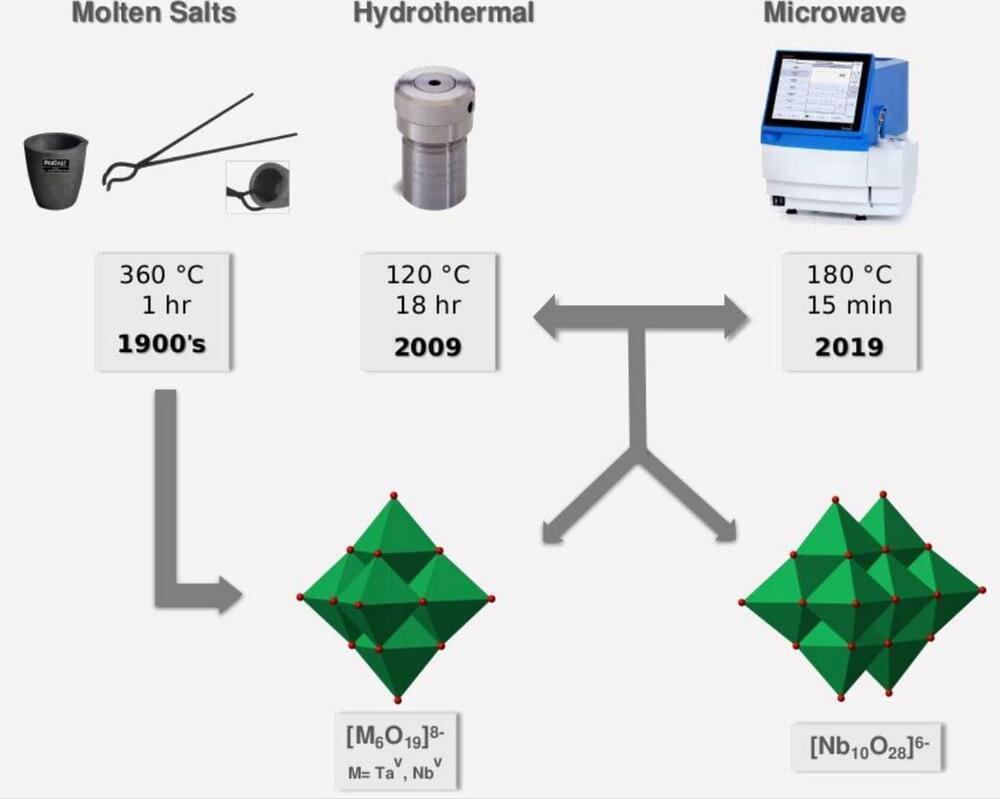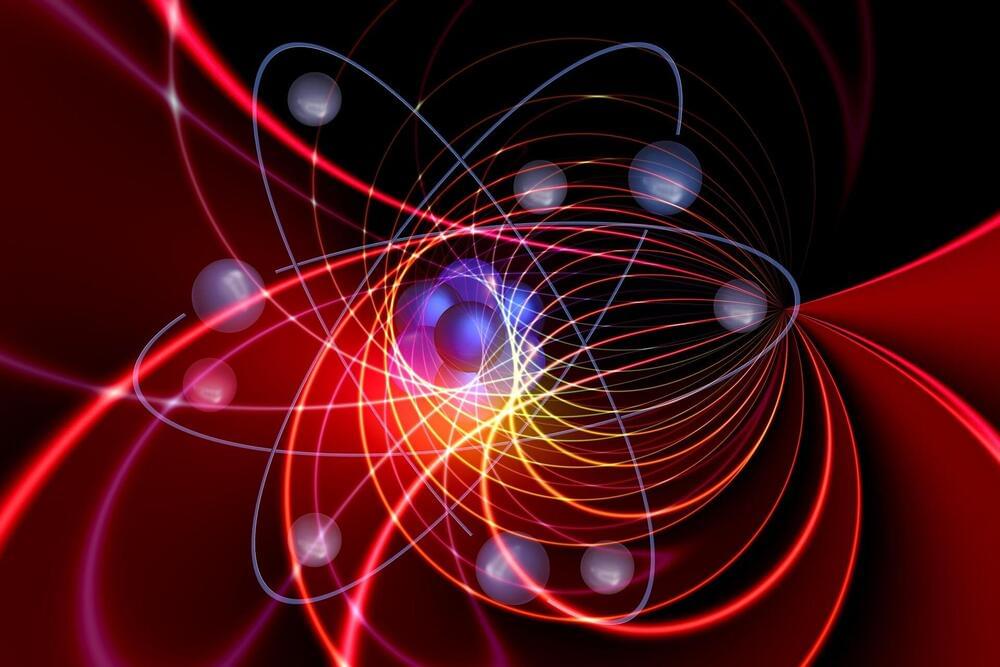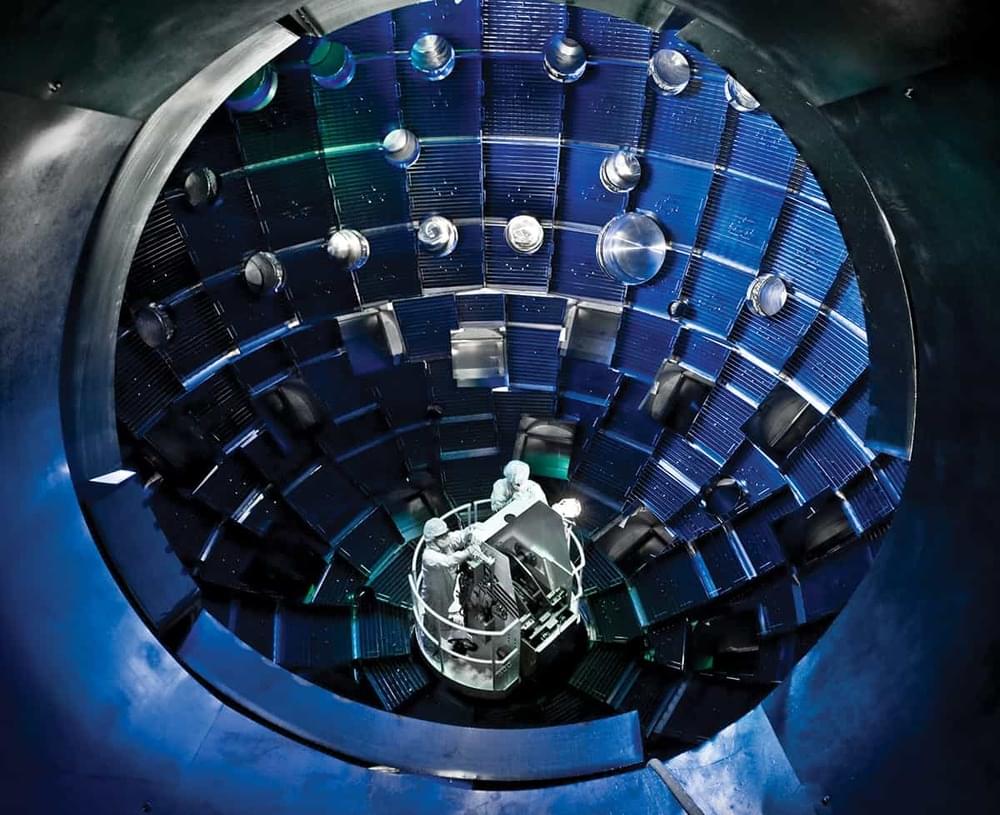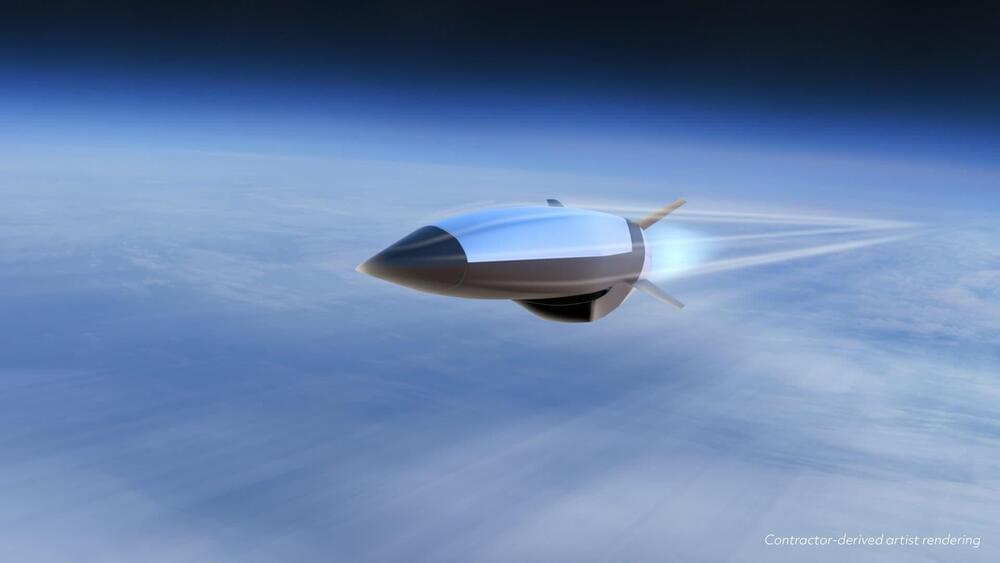No matter what physical system we consider, nature always obeys the same fundamental laws. Must it be this way, and if so, why?
Get the latest international news and world events from around the world.
A miraculous soft robot has the power to split into smaller units and reassemble back to its original size
Virtualphotoo/iStock.
Since ferrofluids are easy to control and offer great flexibility with fast motion, they are often preferred by scientists for producing shape-shifting soft robots. In 2015, a team of researchers in South Korea created ferrofluid soft robots capable of mimicking an amoeba’s movements. Another group of researchers from Arizona State University developed a miniature shape-altering robot in 2021 using ferrofluids.

Energy storage materials built from nano-sized molecular blocks
Molecules of the rare metallic element niobium can be used as molecular building blocks to design electrochemical energy storage materials. Mark Rambaran, Department of Chemistry at Umeå University, presents in his thesis a method for producing solid materials from aqueous solutions containing nano-sized niobium molecules, called polyoxoniobates.
“These polyoxoniobates are water-soluble and can be synthesized in large volumes. They act as molecular building blocks, in the same way as when a child stacks Lego bricks,” Mark Rambaran says. “They can be used to make a wide range of materials, including supercapacitors that facilitate lithium-ion storage.”
Synthesis of polyoxoniobates can be done with microwave irradiation, because it is a rapid and efficient alternative to conventional hydrothermal methods, Mark Rambaran shows in his thesis.

PsiQuantum Has A Goal For Its Million Qubit Photonic Quantum Computer To Outperform Every Supercomputer On The Planet
The founders all believed that the traditional method of building a quantum computer of a useful size would take too long. At the company’s inception, the PsiQuantum team established its goal to build a million qubit, fault-tolerant photonic quantum computer. They also believed the only way to create such a machine was to manufacture it in a semiconductor foundry.
Early alerts
PsiQuantum first popped up on my quantum radar about two years ago when it received $150 million in Series C funding which upped total investments in the company to $215 million.
A genetically encoded tool to increase cellular NADH/NAD+ ratio in living cells
Impaired reduction/oxidation (redox) metabolism is a key contributor to the etiology of many diseases, including primary mitochondrial disorders, cancer, neurodegeneration, and aging. However, mechanistic studies of redox imbalance remain challenging due to limited strategies which can perturb cellular redox metabolism and model pathology in various cellular, tissue, or organismal backgrounds without creating additional and potentially confounding metabolic perturbations. To date, most studies involving impaired redox metabolism have focused on oxidative stress and reactive oxygen species (ROS) production; consequently, less is known about the settings where there is an overabundance of reducing equivalents, termed reductive stress. NADH reductive stress has been modeled using pharmacologic inhibition of the electron transport chain (ETC) and ethanol supplementation. Still, both these methods have significant drawbacks. Here, we introduce a soluble transhydrogenase from E. coli (Ec STH) as a novel genetically encoded tool to promote NADH overproduction in living cells. When expressed in mammalian cells, Ec STH, and a mitochondrially-targeted version (mito Ec STH), can elevate the NADH/NAD+ ratio in a compartment-specific manner. Using this tool, we determine the metabolic and transcriptomic signatures of NADH reductive stress in mammalian cells. We also find that cellular responses to NADH reductive stress, including blunted proliferation, are dependent on cellular background and identify the metabolic reactions that sense changes in the cellular NADH/NAD+ balance. Collectively, our novel genetically encoded tool represents an orthogonal strategy to perturb redox metabolism and characterize the impact on normal physiology and disease states.
The authors have declared no competing interest.
The Doomsday Explosive! (The Neutronium Bomb)
Neutronium was the material used in the hull of the doomsday machine in Star Trek.
Now I’m not terribly sure what the mechanical properties of neutronium would be like. It certainly is very dense (about a billion tons per cm3, about the volume of the end of your little finger), but it interacts with matter only weakly. I would expect both it to be pretty inefficient at stopping both electromagnetic radiation (neutrons only have a magnetic moment), and matter.
However in reality there’s a somewhat bigger problem. When neutrons are outside of the nucleus of atoms, or are outside the huge pressure that exists in neutron stars, they have a half life of about 10 minutes. To make it even more awkward, when a neutron decays, it releases about a MeV of energy. So put a few extra numbers into this, like a mole of neutrons (6e23 neutrons) weighs about a gram, and a ton of TNT is 4e9 Joules and you can work out that just the neutrons in your typical human (about half your body weight), will release about the same energy as a megaton (one million tons of TNT). A little more scratching around on half life calculations and you can work out that if you have a half life of 10 minutes, then you will release about 1 part in 1,000 of its total energy in the very first second.
This means that if you could extra merely a ml of neutronium, and free it from that immense pressure, then it would release the same energy as 15 million Czar bombs (the largest man-made bomb ever) in the very first second.
What is neutronium?
Have you ever been watching a sci-fi show like Star Trek or Stargate, and someone mentions neutronium? Ever wonder what neutronium even is? I this video I give a quick run down of the interesting properties and meanings of this very strange, and very dangerous hypothetical element.
Want to help the channel? You can via
Patreon: https://www.patreon.com/venera13
3D print model shop: https://www.etsy.com/ca/shop/ADMiniatures?ref=l2-about-shopname.
Radio telescope: https://ko-fi.com/zetatelescope

Traditional computers can solve some quantum problems
There has been a lot of buzz about quantum computers and for good reason. The futuristic computers are designed to mimic what happens in nature at microscopic scales, which means they have the power to better understand the quantum realm and speed up the discovery of new materials, including pharmaceuticals, environmentally friendly chemicals, and more. However, experts say viable quantum computers are still a decade away or more. What are researchers to do in the meantime?
A new Caltech-led study in the journal Science describes how machine learning tools, run on classical computers, can be used to make predictions about quantum systems and thus help researchers solve some of the trickiest physics and chemistry problems. While this notion has been shown experimentally before, the new report is the first to mathematically prove that the method works.
“Quantum computers are ideal for many types of physics and materials science problems,” says lead author Hsin-Yuan (Robert) Huang, a graduate student working with John Preskill, the Richard P. Feynman Professor of Theoretical Physics and the Allen V. C. Davis and Lenabelle Davis Leadership Chair of the Institute for Quantum Science and Technology (IQIM). “But we aren’t quite there yet and have been surprised to learn that classical machine learning methods can be used in the meantime. Ultimately, this paper is about showing what humans can learn about the physical world.”


Raytheon ‘Beats’ Lockheed Martin & Boeing To Win Contract To Develop ‘One Of Its Kind’ Hypersonic Cruise Missile
On September 22, the US Air Force announced that Raytheon Technologies, a US-based defense giant, had been awarded a $1 billion contract to continue the development of the Hypersonic Attack Cruise Missile (HACM).
Raytheon Technologies, which outbid Lockheed Martin and Boeing to win the contract, is now well-positioned to become the leading supplier of hypersonic cruise missiles for the USAF.